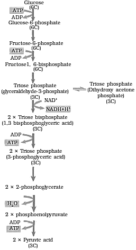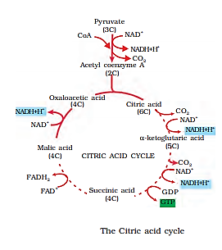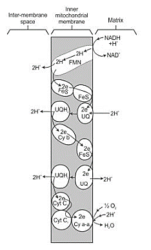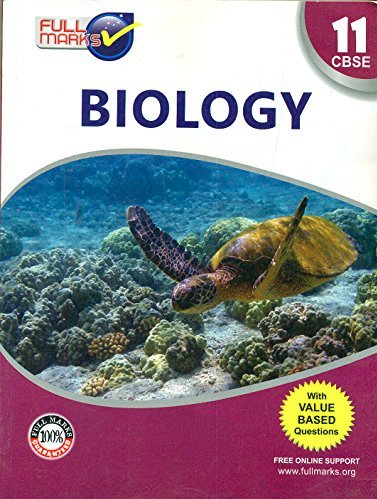1. Differentiate between
(a) Respiration and Combustion
(b) Glycolysis and Krebs’ cycle
(c) Aerobic respiration and Fermentation
Solution:
a)Respiration and Combustion
Respiration
Combustion
It is a biochemical process
It is a physicochemical process.
Temperature stays low
Temperature drastically raises
Occurs in living cells
It is a non-cellular process
Energy entrapped in the form of ATP
ATP is not required for the combustion process
b) Glycolysis and Krebs’ cycle
Glycolysis
Krebs Cycle
The first step in respiration
The second step in respiration
Takes place in cytoplasm
Takes place in mitochondria
Occurs both aerobically and anaerobically
Occurs only in aerobic
Two ATPs are consumed
ATPs are not consumed
The net gain is 8 ATP’s
The net gain is 24 ATP’s
It is a linear pathway
It is a circular pathway
c) Aerobic respiration and Fermentation
Aerobic respiration
Fermentation
Included in the exchange of gases
Does not include exchange of gases
Oxygen is necessary for aerobic respiration
Oxygen should be absent for the fermentation process
Respiratory material is completely oxidised
Respiratory material is incompletely oxidised
The end products are inorganic
At least one product is organic
2. What are respiratory substrates? Name the most common respiratory substrate.
Solution:
Organic substrates that are oxidised during respiration to liberate energy inside the living cells are respiratory substrates. Carbohydrates, proteins, fats and organic acids are the most common respiratory substrate.
3. Give the schematic representation of glycolysis?
Solution:
Schematic representation of glycolysis is as follows:

4. What are the main steps in aerobic respiration? Where does it take place?
Solution:
Main steps in aerobic respiration are as follows
Glycolysis: Occurs in the cytoplasm(cytosol) where glucose is broken down to pyruvic acid.
Oxidative decarboxylation of pyruvic acid to acetyl coenzyme-A: Takes place inside the mitochondrial matrix.
TCA or Krebs cycle takes place in Mitochondrial matrix where pyruvic acid is oxidized to transform the energy contained in these molecules into ATP.
Electron transport chain occurs in mitochondrial membrane involves ATP synthase complex.
5. Give the schematic representation of an overall view of Krebs’ cycle.
Solution:
The schematic representation of an overall view of Krebs’ cycle is as follows:

6. Explain ETS.
Solution:





